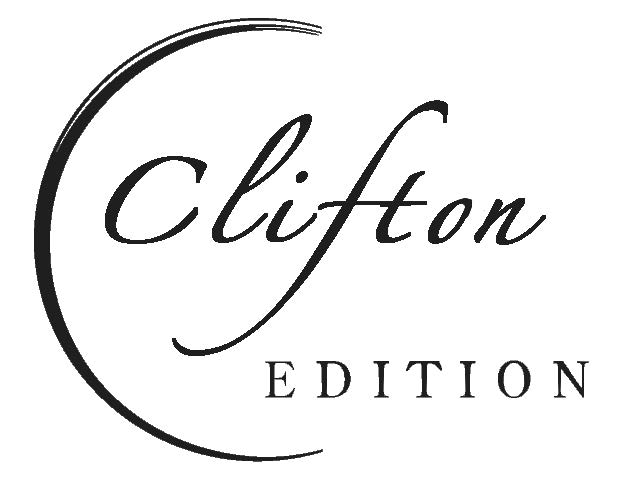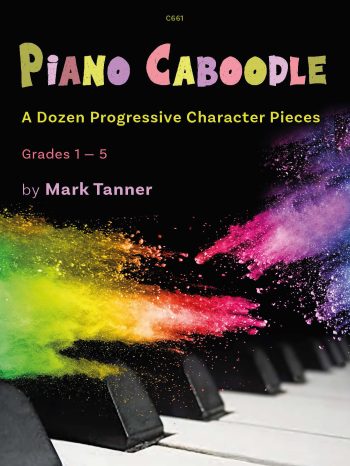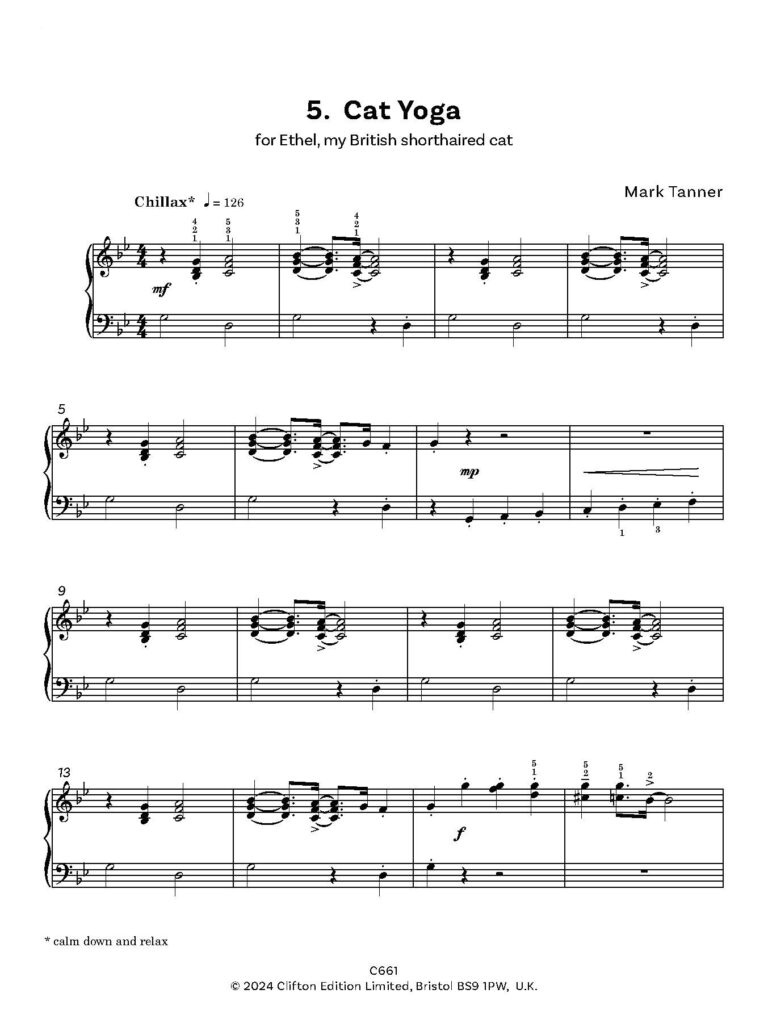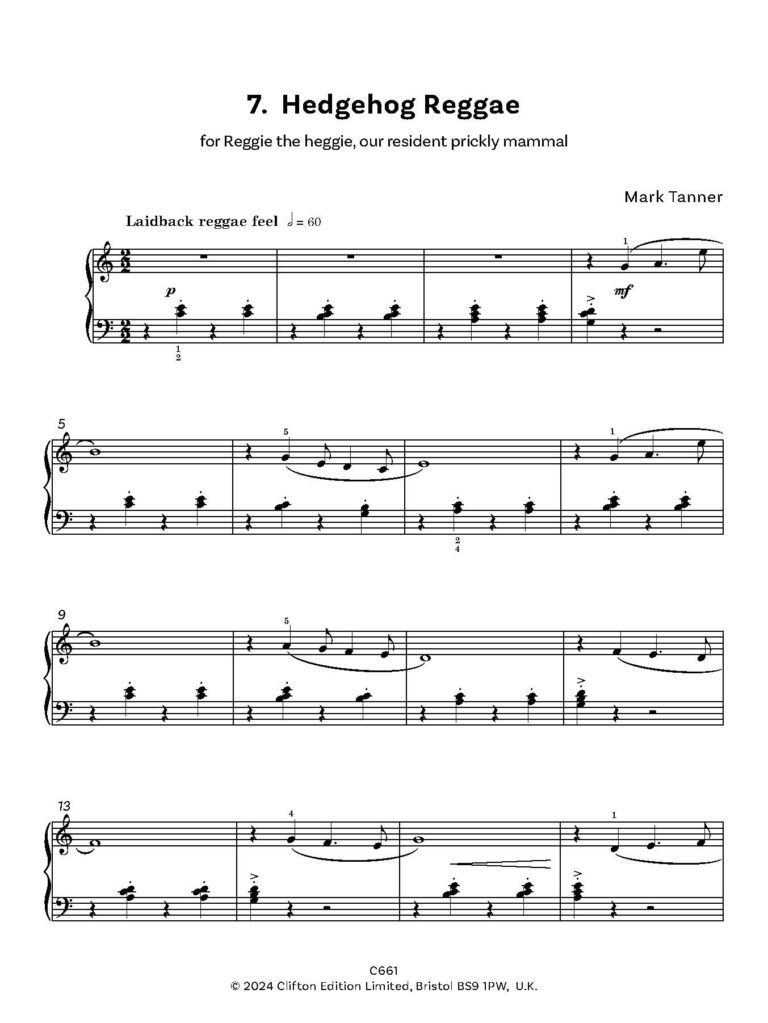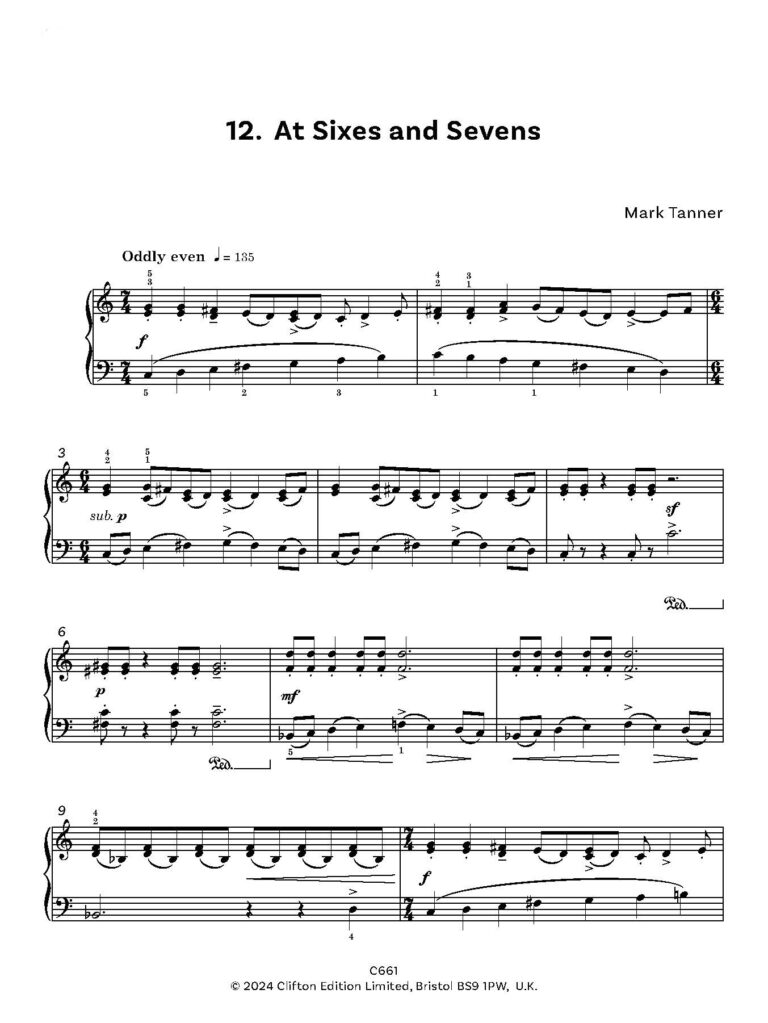Twelve carefully graded piano pieces progressing from grades 1 – 5.
Contents
1. In Pursuit of a Newt
Nimble, even fingerwork will be required to capture the excitable character of this piece.
Cheeky staccato crotchet chords call for a rhythmic placement, and there’s one opportunity
for a daring hand-crossing ‘rude’ bass-clef F-sharp, quite early on. You’ll need your wits
about you for the final line, where the hands scamper up the keyboard (keep these notes even
though), and don’t overlook the dramatic bar’s rest just before the very end.
Grade 1
2. In the Biodome
This piece is all about atmosphere – let it move unhurriedly and expressively. Depress the
sustain pedal before you’ve even started playing, and leave it down throughout to create an
organic wash of glorious sound! Apart from the tuneful section midway, which can hover
ominously like a giant-leaved plant, the hands mostly position themselves comfortably over
open fifth intervals, which adds to the music’s almost gothic sense of mystery.
Grade 1
3. The Lost Owl of Trink
From its opening notes, this piece poses a question, which perhaps is never fully answered:
will the owl find its way home? Those left-hand quavers need to move firmly, though never
obtrusively, allowing the melody to wend its way forward, first in the right hand, then in the
left from midway. Balancing the hands will be important, though there shouldn’t be any need
for pedal throughout.
Grade 2
4. Tadpoles
Picture a pond with tadpoles slowly encircling a central stone. If you can keep both pedals
(sustain and una corda) depressed throughout, you’ll achieve a magical, almost trance-like
effect. Built entirely from a whole-tone scale, there’s certainly a respectful nod to Debussy’s
‘Voiles’ here, and yet with each hand carefully positioned for maximum ease, you’ll be able to
focus fully on colour, expression, and spontaneity.
Grade 2
5. Cat Yoga
Inspired by my cat joining in with a recent home yoga session, this piece sports a laid-back
rhythmic charm. Its ‘chillax’ marking says it all. There are syncopations galore, walking-bass
fragments, and more brazen jazzy interjections to help bring it all together. Above all, the
piece needs an anchored pulse throughout, along with crisp, decisive rhythms and preferably
no hint of slowing down at the end.
Grade 3
6. Definite Maybe
A clear rhythmic groove underpins the entire piece – those staccato chords need to sound
detached, rather than overly clipped or dry. Against these, we have a number of smoothly
flowing minim chord sequences that will need careful fingering and pedalling, all kept firmly
in time, of course! Enjoy the driven nature of the music, and experiment to find precisely the
right tempo that feels and sounds comfortable for you.
Grade 3
7. Hedgehog Reggae
There’s a continuous off-beat feel to this reggae-inspired piece. Part of the fun of learning
it will be keeping the listener unsure of where the beat is, until bar 4 when the right-hand
melody first appears! The left hand’s lightly placed crotchets just keep chugging along – best
achieved with a light wrist and fingers kept close to the keys – while the melody itself can
enjoy a smooth, arched phrase shape. Note the cut time indication, meaning that the music
is driven by a mimim pulse, not crotchet, so it will need more buoyancy than may at first be
apparent.
Grade 3
8. Love-in-a-Mist
Indicated ‘simply beautiful’, this is a piece that calls for your most impeccably poised
accompaniment and careful pedalling to ensure the harmonies sound crystal clear. Against
this, the melody is lush and expressively charged from bar 1 – if the piano could produce a
vibrato, this would be a piece to use it! Think hard about optimising your fingerings in both
hands – those marked in should be a good starting point – and aim overall for smoothly
contoured lines.
Grade 3
9. Koala-boom-de-ay
To call this piece silly might be an understatement! Its main challenge is coordinating and
repositioning the hands a number of times along the way; as ever, care taken over fingerings
early on will pay dividends later. Let the dotted rhythms spring to life crisply, and reserve
extra time for getting those busier left-hand patterns tidily under the fingers. The opening bars
invite a majestic appearance – imagine the opening to an epic film.
Grade 4
10. Discombobulated
Meaning ‘confused’ or ‘disconcerted’, this discombobulated piece bounces its merry way in
9/8. The fun of the music relies heavily on sustaining its jaunty rhythmic impetus, as well as
one or two tastefully unpredictable corners that will need you to be always reading ahead. The
final line is somewhat tongue-in-cheek – not quite the cliché you’re expecting perhaps, but
close enough.
Grade 4
11. Lullaby for Ivan
Composed as a present for my first grandson, Ivor, this highly lyrical lullaby moves freely
around the keyboard, exploring different textures and accompaniments. ‘Tune is king’ might
be a phrase to keep in mind when learning and performing the piece, which needs always to
sound tender and unflustered, despite the moments of increased intensity that mark out the
terrain. Pedal for warmth and clarity of the harmonies to give you a warm glow inside.
Grade 5
12. At Sixes and Sevens
The phrase ‘at sixes and sevens’ suggests befuddlement or disarray. In this particular case,
the entire piece switches daringly between bars written in 6/4 and 7/4, with a consistent
crotchet beat underpinning it throughout. Much of the left-hand music makes play from a
rising and falling scale (not quite C major!), but be on your guard for oddities of emphasis,
especially later on, where the music concludes in brassy, ebullient fashion.
Grade 5
These 12 pieces were first published in 2021 by the Australian monthly sheet music resource ‘TopMusicSheets‘ Volume 16.
